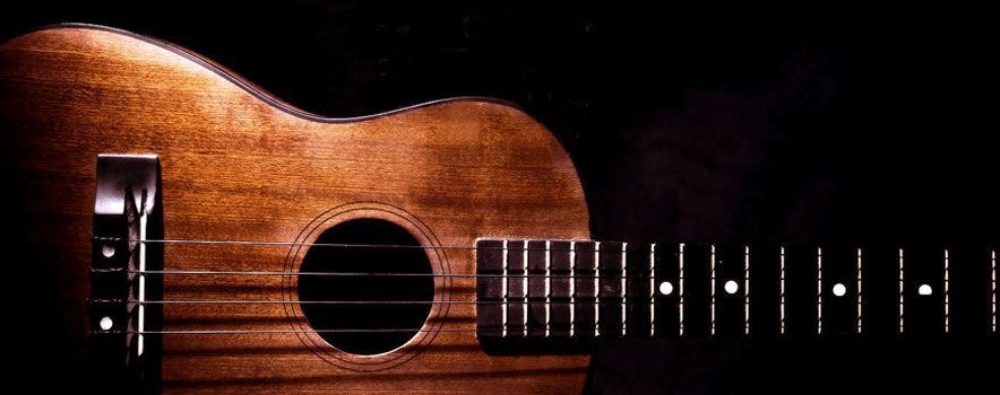
Upper Elementary students are diving deep into Japanese culture by learning about early 17th century Kabuki theater. Ms. Dian began working with the students to bring to life the traditional and quirky roles early Japanese artists used in this uniquely Asian theater.

When it first surfaced in the early 1600’s, women were the only actors in the performance, playing both male and female roles. Then by the mid 1700’s, men took over at the exclusion of women and were the ones allowed to perform Kabuki theater.

In today’s version of Kabuki, “Nearly every full-length play occupies five acts. The first corresponds to jo, an auspicious and slow opening which introduces the audience to the characters and the plot.

The next three acts correspond to ha, speeding events up, culminating almost always in a great moment of drama or tragedy in the third act and possibly a battle in the second and/or fourth acts.

The final act, corresponding to kyu, is almost always short, providing a quick and satisfying conclusion.”*

Not only are the students learning about this art form, but Ms. Dian has asked her students to pick a favorite fictional character of their own and overlay the features of a Kabuki actor onto their fictional character.

For instance, some of the students chose “Winnie the Pooh” or “Pikachu” as their choice and they need to extrapolate the main dramatic and moving characteristics of their character, and act it out using the Kabuki theater framework for their performance.

A theater term the students are learning is called a “mie” which is a methodical, slowly moving and dramatic pose. Learning about the past, and then pulling the salient features of traditional theater forward into current day applications, is a favorite for Ms. Dian as she guides her students in the depths of what performance arts offers.


In addition, to celebrate Chinese New Year, the students are learning basic Mandarin through a simple movement exercise – they are taught 4 colors – red, blue, green and yellow in Mandarin. These color hula hoops are placed in the 4 corners of the room. When the color is called (in Mandarin) they move to the corresponding corner – it was a lot of fun and a great way to experience another language. They will also be learning the traditional Chinese Song “Gong Xi Fa Cai” set to Orff instruments.

“Little Mermaid” UPDATE
The 2017 FMS production of the “Little Mermaid” has been fully cast with students, and rehearsals have begun. Ms. Brittany (E6), Ms. Dian, and Mr. Alex (Ms. Marian’s son) are directing the production. Ms. Melissa (E4) will be stage managing the production, and Ms. Sarah(E6) is in charge of costumes. Stay tuned for updates as this magical production takes shape.

*Wikipedia
